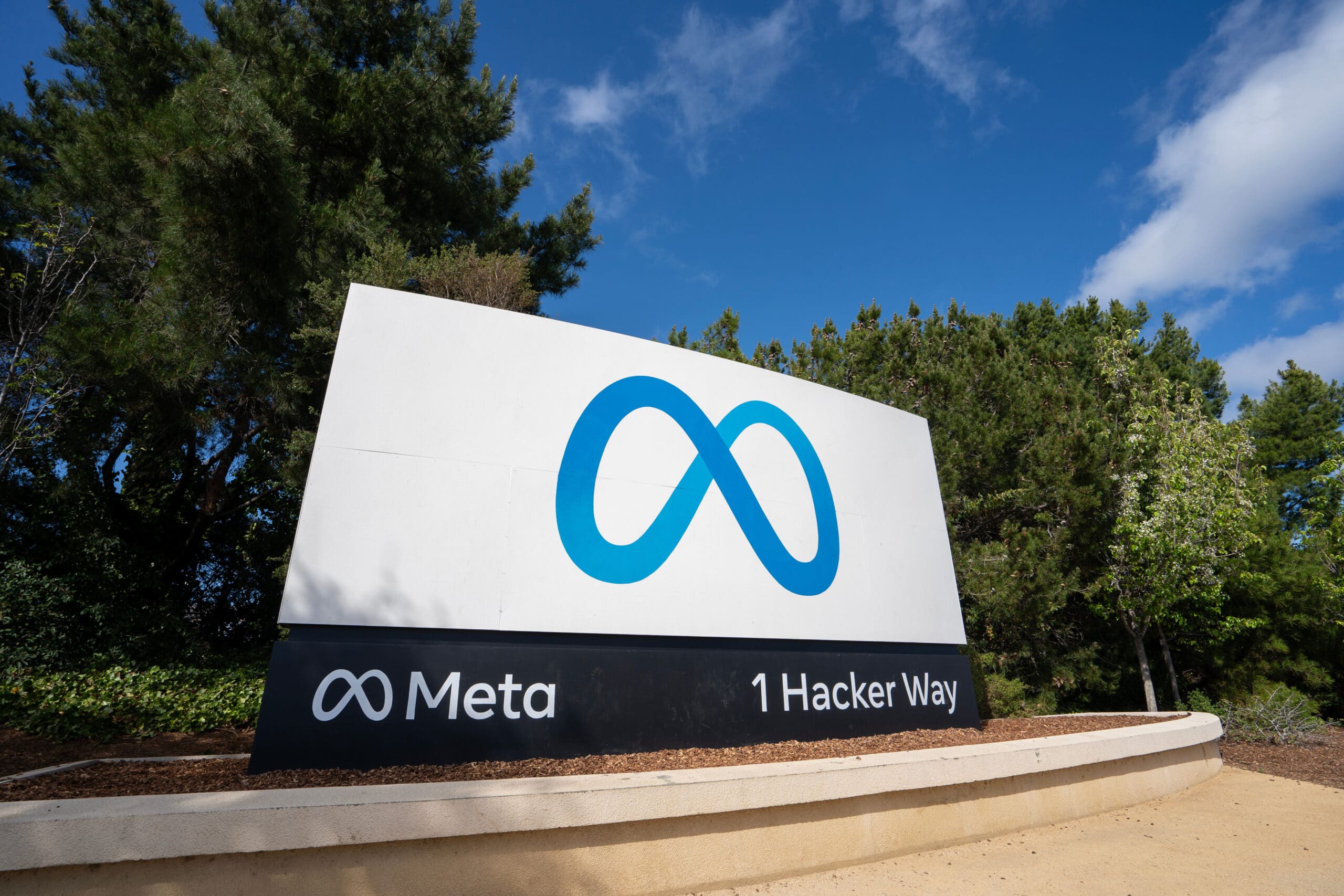Major tech giants like Microsoft, Amazon, Meta, and Google recently implemented substantial layoffs, cutting thousands of jobs. Investor reactions were telling – share prices rose upon the downsizing news.
These workforce reductions contrast with the overall job growth seen in January 2024, where the US economy added over 350,000 positions. So what explains big tech’s cuts amid broader hiring strength?
The answer points to seismic shifts these leading enterprises are poised to undergo by aggressively investing billions in emerging technologies like artificial intelligence. Their workforce strategy indicates a reality many industries will soon face – AI-driven disruption that makes existing roles obsolete.
The Rise of Exponential AI
While not the sole driver, advances in AI play a key role in motivating recent layoffs. Systems like ChatGPT demonstrate capabilities approaching human levels for various tasks while operating at unbelievable scale. They promise dramatic leaps in productivity and efficiency when integrated into business operations.
Tech giants are positioning themselves to capitalize on the incoming explosion of AI productivity. By culling thousands of jobs not directly contributing, they free up resources to pour into engineering specialized AI talent and new platforms.
The Hint of What’s to Come
Make no mistake – the recent tech layoffs foreshadow immense workplace disruption across sectors as AI delivers on its promise. Like past technological shifts, roles that fail to evolve with the rapid changes face irrelevance.
As enterprises realign themselves around exponential technologies, workforces must urgently reskill into emerging areas like AI implementation, big data analytics, simulation, IoT infrastructure, and creative tech.
Tech leaders often signal wider economic shifts earlier. Their recent moves suggest all industries must start prioritizing AI readiness and future-proof skills or risk obsolescence. Otherwise, they’ll be unable to compete in a landscape dominated by AI-transformed competitors.
The lesson is clear – build workforce agility now or experience pain later when the technology leaves you behind.
